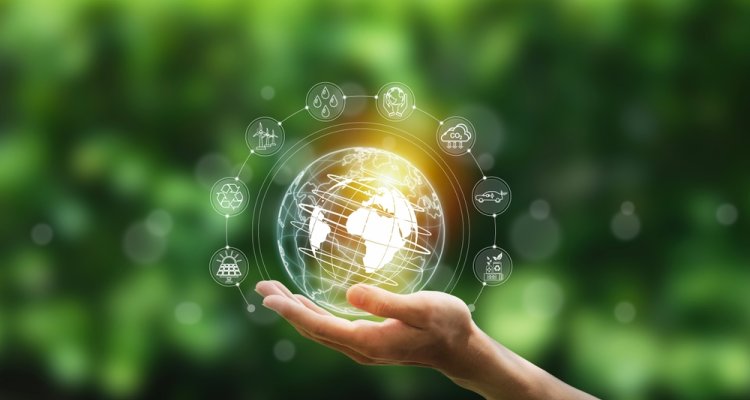
Project
Exploring new connections addressing the potential of biomass production for the bioeconomy
For the transition towards a circular biobased economy, different biomass sources originating from various primary production systems need to be identified and optimally utilized. This asks for exploration and validation of new connections across value chains and scales, balancing tradeoffs, synergies and climate mitigation and needs to take into account that demands for biomass do not always match the supply.
In the biobased economy non-renewable fossil sources are replaced by renewable biomass to produce materials and energy. The main reasons for making the transition from our current mainly linear fossil-based economy towards this circular biobased economy are to limit global warming, reduce harmful leakages to the environment, and end our dependency on finite resources. A potential downside of replacing fossil sources with biological sources are undesirable effects due to enhanced competition with biomass needed for other purposes such as for food, feed and biodiversity. Finding new connections and smart solutions for the use of biomass while balancing such potential competition with reducing CO2 emissions, environmental leakages and finite resource dependencies is challenging and currently no generic framework exists to help find this balance. Therefore, the overall objective of this project is the development of a generic framework to provide understanding on the optimal circular and sustainable uses of different types of biomass in the bioeconomy for replacement of fossil-based products to contribute to abovementioned goals.
As a starting point for building and testing this framework, we selected lignocellulosic biomass flows of which various potential sources are included in our study. Activities encompass a.o. assessment of biomass availability, current uses, possible connections to alternative biobased uses, smart multiple use solutions, existing barriers and engaging with relevant stakeholders. We will use existing tools and databases for our framework as much as possible and include the results of other projects in KB34. Finally, all relevant aspects are integrated in the framework and its outcomes can be used as a roadmap for the sustainable implementation of using lignocellulosic biomass in the bioeconomy.